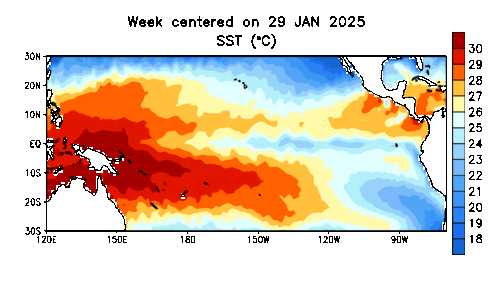For the month of May that is coming in just a few days, here is what i expect when it comes in terms of the severe weather threats. First, lets start with the area with the lowest threat of seeing severe weather, which is from New England, into the Great Lakes area, extending into the upper peninsula of Michigan and then over into the Minneapolis region, down to Denver. After reaching through the Rocky Mountain Basin, it stretches over to the southwestern part of Texas, and then over to south Florida, right into Miami. In this area, I generally expect scattered severe thunderstorms, not many tornadoes do I expect for this region to come in the month of May, but if we can manage to get some heat, the severe weather threat could go up to North Dakota and most likely some of the areas the are currently in low on this map would be in moderate, if not high depending on how much instability is fueled by sliding fronts and that warm Gulf moisture.
Now you see the area labeled with a moderate threat level. This area spreads from Orlando, Florida, up to Raleigh and Harrisburg, PA, next over to Columbus and Chicago and then over to extreme western Kansas and down to Austin, TX. Now like I said for the area of low threat, now even more for this region, if the temperatures warm up, this area of Moderate will go to Denver, up to Milwaukee, next to Cleveland, and then over to Binghamton, NY and down to Virginia Beach. But the main risks in places located in the the moderate zone are possibly once a week severe thunderstorm threats and scattered Tornadoes. But keep in mind, the month of May is on average the most active month when it comes in terms of severe weather activity. The most severe weather activity in May is normally in the southeast and the great plains, here is map from The Weather Channel showing the normal threat areas in May for tornadoes.
As you can see the normal risk in May are mainly over the central Plains. But because of the setup and the current pattern, I really see the most active area for tornadoes from St. Louis to Little Rock, over to Memphis. Now back to my forecast, places from Atlanta to Kansas City in my opinion should have a pretty active severe weather setup that most likely fuel common thunderstorm across this region and even I think some tornadoes are possible, and some could even be strong depending on if we get great severe weather setups or just scattered little threats. After that keep think, May is not the only month with severe weather, and the risk areas will relocate and move around, because we still have the months of June, July, August, September, and even October to see severe weather. So don't let yourself think May is the only month with severe weather in the whole yea, because it's not.
Now for the last region, the area labeled "major" indicates places where numerous severe thunderstorms and possibly strong tornadoes. So if you live in the region with a major threat, just keep track of the weather for possible severe weather events in the future and when severe weather stikes, because in this region, I am almost certain there will be tornadoes in the month of May and there will be an outbreak with widespread tornades in this tegion, which I am almost certain of this. But overall, there will be more severe thunderstorm activity in May then the month we are in now (April if you don't know, I hope you know that by now) and the area that saw severe t-storms in April will expand in almost all directons. Alright so thats just about the end to the monthly severe weather threat forecasts, stay here for the latest weather forecasts and outlooks and tune in next month at this time for the June Severe Weather Threat Forecast!
















